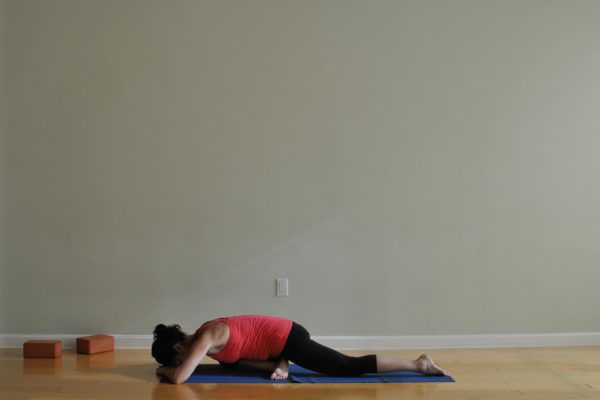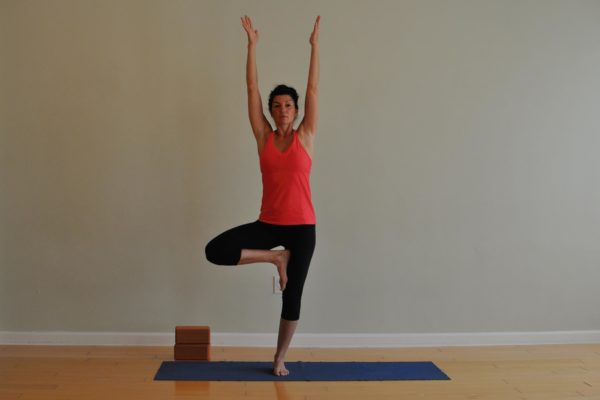
Learning how to balance is a key skill for life that we learn in yoga. The wonderful thing about bringing this theme into your classes or practicing with this theme in mind is that you can think of “balance” as it relates to both the body and mind. I find this to be true of many anatomical themes; we can focus on them from the perspective of the anatomy or the more spiritual aspect of the idea. It just depends on the lens you look through. ( come to find out, this is the theme of my next book, “Structure and Spirit”.)
Certainly poses that require we stand on one leg are the traditional balancing poses. Poses like Tree, shown here, and Airplane, Dancer’s Pose and Eagle are all great ways to hone your ability to stand on one leg:

So what? Why is that important? Well, balancing helps us build our ability to focus, helps us learn how to work in an integrated way by recruiting other parts of the body to make up for the fact that we’re only on one leg and further, it helps improve our sense of the body in space ( called proprioception ).
But what about a pose like Pigeon, where we are on the floor? How can this be considered a balancing posture? I like to bring this theme into the teaching of this pose because it has so many benefits in terms of the posture itself. As long as the student has the requisite awareness to avoid just flopping into it (one of my huge pet peeves about teaching this one), it can be a great way to bring more balance into the body. Why? Because we’re close to the ground and well supported. We have a chance to scan from head to toe and create balance. And, because this pose focuses on opening (externally rotating) one hip and extending the other (and then the opposite happens on the other side) when we work with balance in mind, we get to more evenly lengthen the main hip flexor, the psoas, on the straight leg, while strengthening the hips’ external rotators, including the piriformis, on the bent leg.
How would you cue this? When you bring students into the pose, look for hunching over the floor. We don’t want students to re-create the same hunching posture they have all day. Suggest supporting their head with a block. Then, suggest students look for and feel for balance between the right side and the left side. I usually say something like, “if you find you’re leaning more to one side or the other, try to center your body towards the floor.” Once they find this position, they can better lengthen both sides of the body evenly. This helps re-shape and bring more integrity to muscles like the quadratus lumborum, one of our side bending muscles, that can often get longer on one side versus the other when we lean to one side while on the phone or carrying a bag or when we sit with legs crossed for an extended period of time. Lastly, instruct to be sure the extended leg is directly behind, versus shifted more to the left or right.
Once you help your students find balance in this pose and once you find it in your own practice, you’ll bring more integrity to the whole shape and you’ll even out where you’re tighter and strengthen where you’re weaker ( which is why you want to watch for sinking into the pose and support it where necessary).
If you enjoy the study of anatomy in yoga, check out my online courses here:
Bare Bones Yoga Online Anatomy Courses
Enjoy your yoga off the mat as well as on by creating more balance in your body!Â
